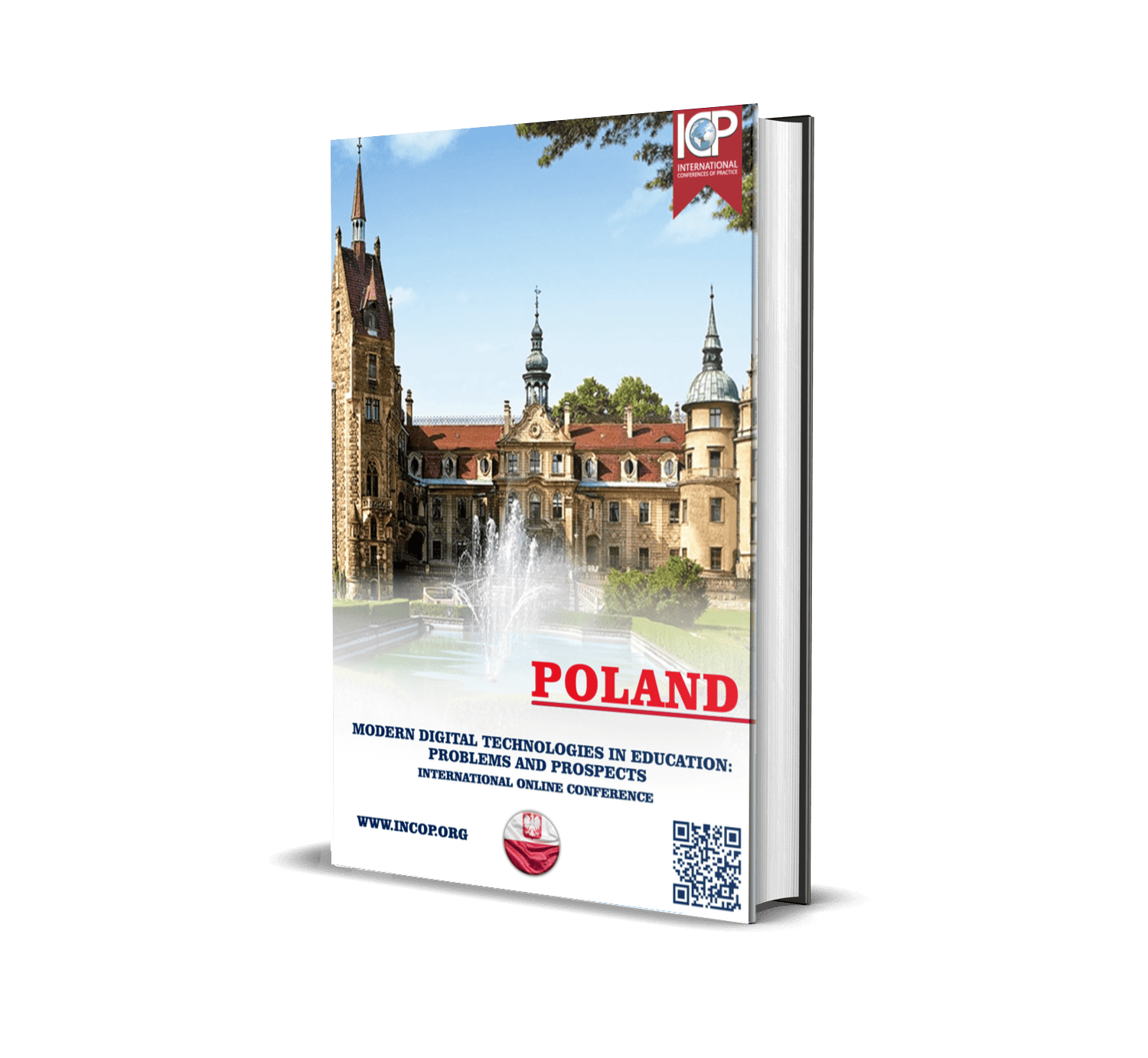UNICELLULAR PARASITES AND THEIR TYPES
Abstract
The body of animals belonging to the unicellular subkingdom consists of a single cell or a group of similar cells. Although unicellular organisms are similar to multicellular organisms in many ways, they differ sharply from them physiologically. Because unicellular organisms are independent living organisms, they have the ability to exchange substances, move, react, reproduce, and all other properties characteristic of living organisms. Such functions are performed by special organoids (organelles) in the cell. The organoids of unicellular organisms differ from the organs of multicellular organisms in that they are part of the cell. Unicellular organisms move with the help of pseudopods, special cilia, and cilia; they breathe through the surface of the body. Their need for oxygen is not the same. Animals that live in the depths of the water and in the mud require less oxygen.
References
1. Mavlonov O., Saparov K., Toshmanov N. ZOOLOGIYa (umurtqasiz hayvonlar). 5110400-biologiya o‘qitish metodikasi bakalavr ta’lim yo‘nalishi talabalari uchun darslik. Sano-standart nashriyoti. Toshkent-2018.
2. Mavlonov O., Xurramov Sh., Eshova X. Umurtqasizlar zoologiyasi. Oliy o‘quv yurtlari biologiya ixtisosligi bakalavr bosqichi talabalari uchun darslik. O‘zbekiston Milliy Ensiklopediyasi Davlat ilmiy nashriyoti. Toshkent 2006
4. Haqberdiyeva S. T. Improving the Teaching Methods of Biology in General Secondary Schools on the Basis of A Competency-based Approach //Academicia Globe. – 2022. – Т. 3. – №. 03. – С. 132-136.
5. Turopova M. B., Raxmatova M. U., Bekmurodov A. S. Faunistic analysis of nematodes of wild medicinal plants in Surkhandarya region of Uzbekistan // The Bioscan. 2024. 19 (2): S.I (1), P. 681-683.
6. Tursunaliyevna H. S., Nozima A. Effectiveness of using innovative technologies in teaching the morphology of bacteria //Journal of Universal Science Research. – 2023. – Т. 1. – №. 10. – С. 60-66.


